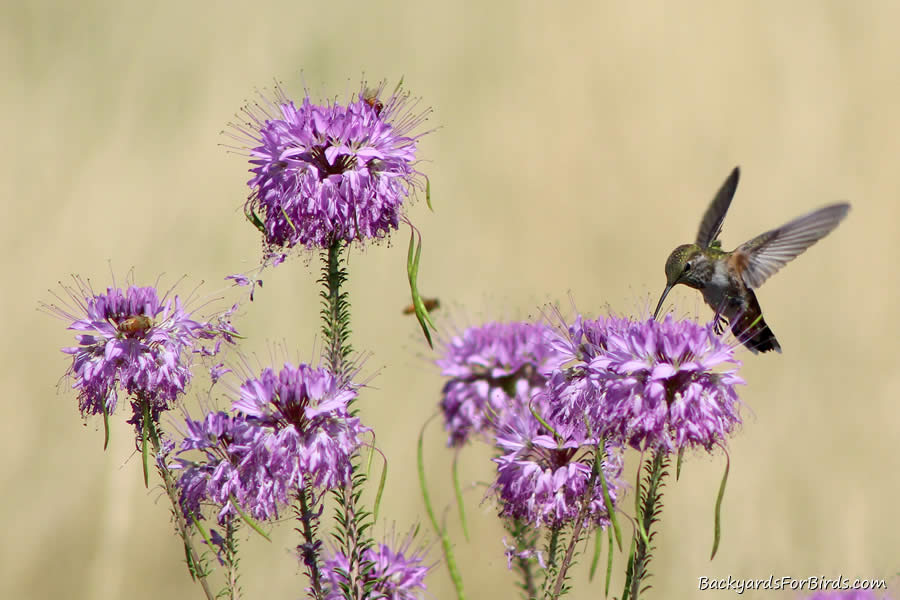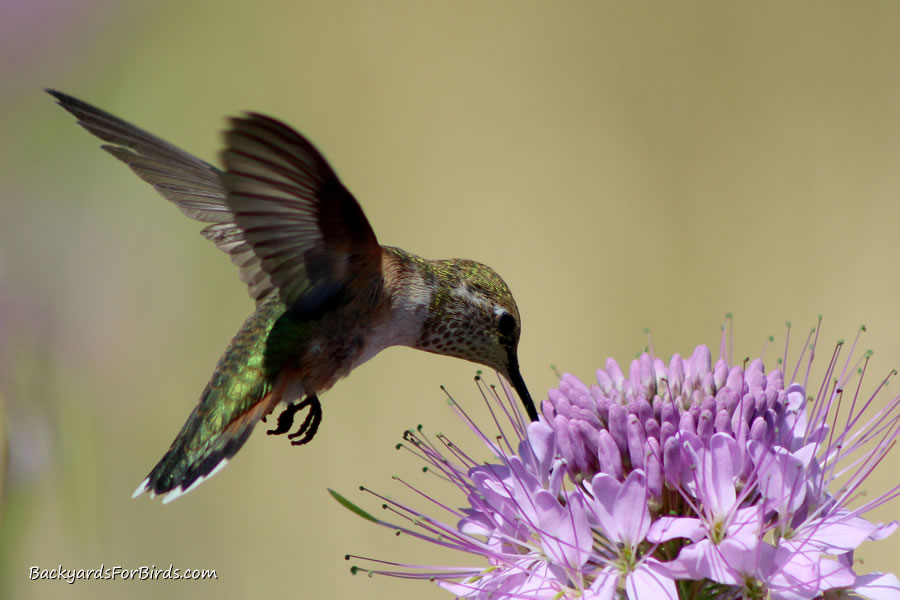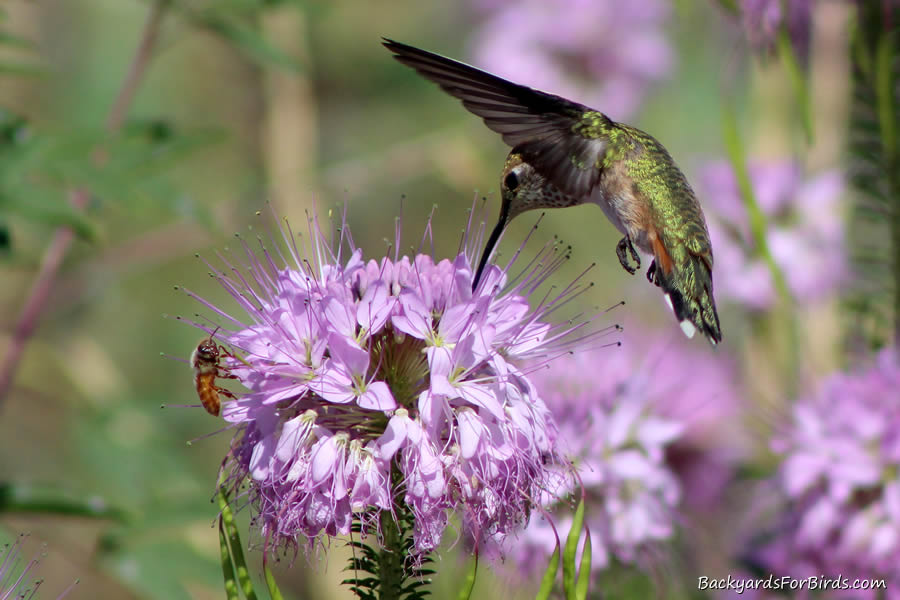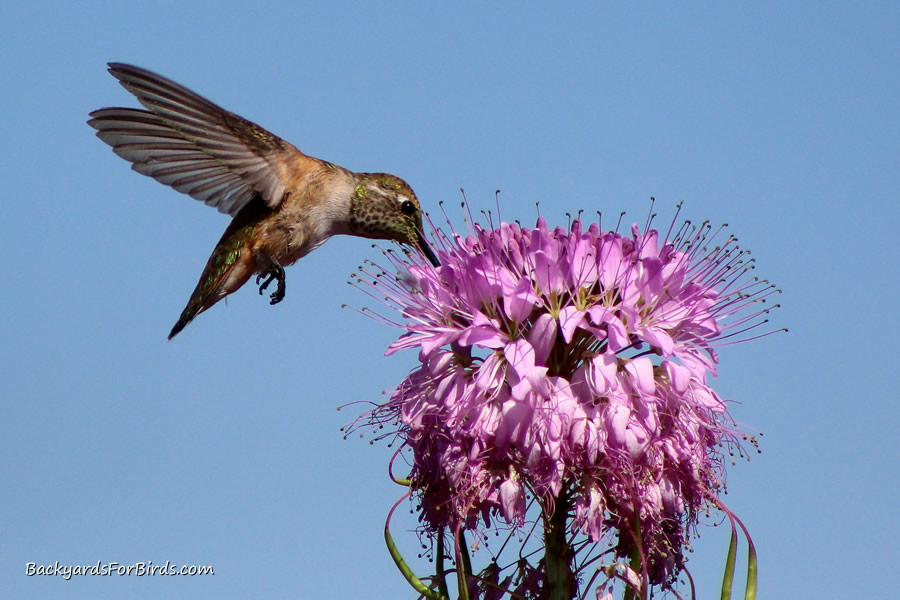As I begin to transform my 1.3 acres of grass to a more suitable environment for birds, bees, and, of course, butterflies, I find myself constantly looking through the seemingly endless offering of plants that are on the market.
It can be quite a daunting task to pick vegetation for the yard when there is so much to choose from. Some of the available plants that bombard our online searches are native and some are genetically modified, and that alone leaves us with the question of which is better?
I, for one, prefer native plants when at all possible, but I do keep the door open for artificially bred plants as well. I just feel native plants are more beneficial and less invasive, so I try when I can to use native plants in my yard as much as possible for perennial plantings.
Sometimes, however, unless you are very diligent in reading tags and asking questions, you may come home with an artificially bred plant when you thought you were buying a native one.
This happened to me just last week, in fact, as I purchased what I thought was a native elderberry plant from a local nursery.
To my surprise after reading the “fine print” on the label when I was ready to plant it, this particular elderberry actually was a genetically modified version of the native variety.
With regards to native plants that can help bring hummingbirds to the backyard, one of the varieties I have held in high regard for many years is the rocky mountain bee plant (Cleome serrulata).

Rocky Mountain bee plant, otherwise known as spiderflower, is a native plant found across most of the United States and Canada. Cleome serrulata offers itself as a great late-season nectar-producing flower that attracts a wide array of pollinators as well as many hummingbirds.
Cleome serrulata is a low-water, drought-tolerant native plant for much of the United States, and it can grow in most agriculture zones, reportedly zones 1-10.
One of the benefits of the rocky mountain bee plant is it attracts a variety of bees, butterflies, and hummingbirds with its purple flowers and nectar.
Hummingbirds love the nectar from the spiderflower, and Cleome serrulata will attract hummingbirds to the backyard once the flower blooms.
I have spent many hours photographing bees, butterflies, and especially hummingbirds in large fields of cleome, and spiderflower does indeed attract many pollinators to its colorful flowers.
Cleome is a great mid-to-late season flower for bees, migrating butterflies, as well as hummingbirds heading south for the winter looking for nectar along the way.
Rocky Mountain bee plant is an annual herb that can reseed itself, and it will oftentimes grow up to 4 feet in height when properly cared for.

I have seen Cleome serrulata plants growing in the desert in some very inhospitable conditions that only grew a couple of feet at best, but when watered and cared for, the spiderflower can grow to 4′ tall.
If allowed to fully grow and go to seed, cleome will self-seed and does come back every year, but, even so, it is considered an annual type of plant.
Regrowth may not be as full as the previous year due to it being an annual plant, so if you are wanting to keep it going from year to year, the best thing to do is to harvest a few cleome seeds in the fall and sow them by hand after the last frost to help ensure regrowth the following spring.
With that said, if you are wanting to stop cleome from growing back the next year, mow or remove the plant before it goes to seed to stop its regrowth the next season.
Rocky Mountain bee plant requires full sun to part shade and medium to dry growing conditions in a wide variety of types of soil.
Cleome is a very drought tolerant plant which grows in some very inhospitable locations in the western United States with very little water.

Germination is low for sowing seeds for Cleome serrulate so sow seeds thickly.
Cold stratification isn’t necessary for the rocky mountain bee plant to germinate, but we have found it does help the germination process by utilizing cold stratification or sowing seeds in late fall after the last frost has come and gone.
Personally, we prefer just to sow the seeds in late fall and let nature take its due course.
Cleome serrulata is commercially available as seed.
(As an Amazon Associate, I earn from qualifying purchases.)
Subscribe
Don’t forget to subscribe to our blog for notifications for future blog posts about birds, butterflies, and all the other fascinating creatures we can attract to our very own yards.
Nature is fascinating and even more so when we can observe, learn, and enjoy it anytime we want in our own backyards.
Birding Apparel
Visit Bird Shirts and More for a great gift for the nature lover or birder on your shopping list. Use coupon code SAVE20 for 20% off your purchase.


